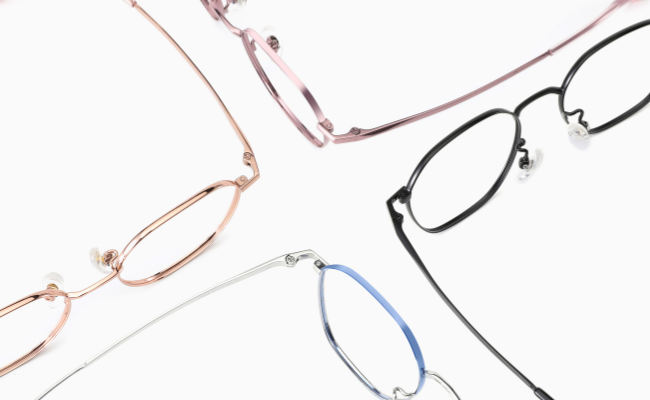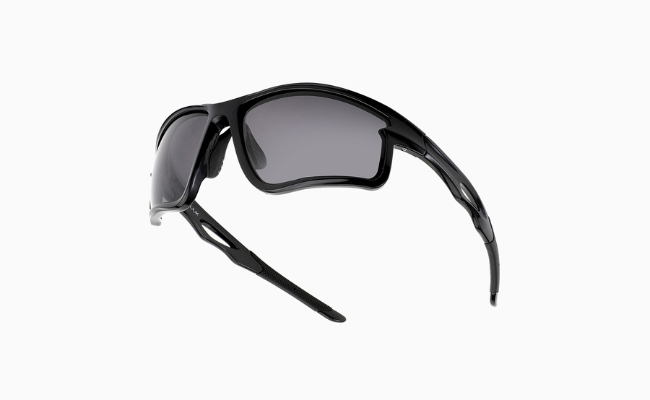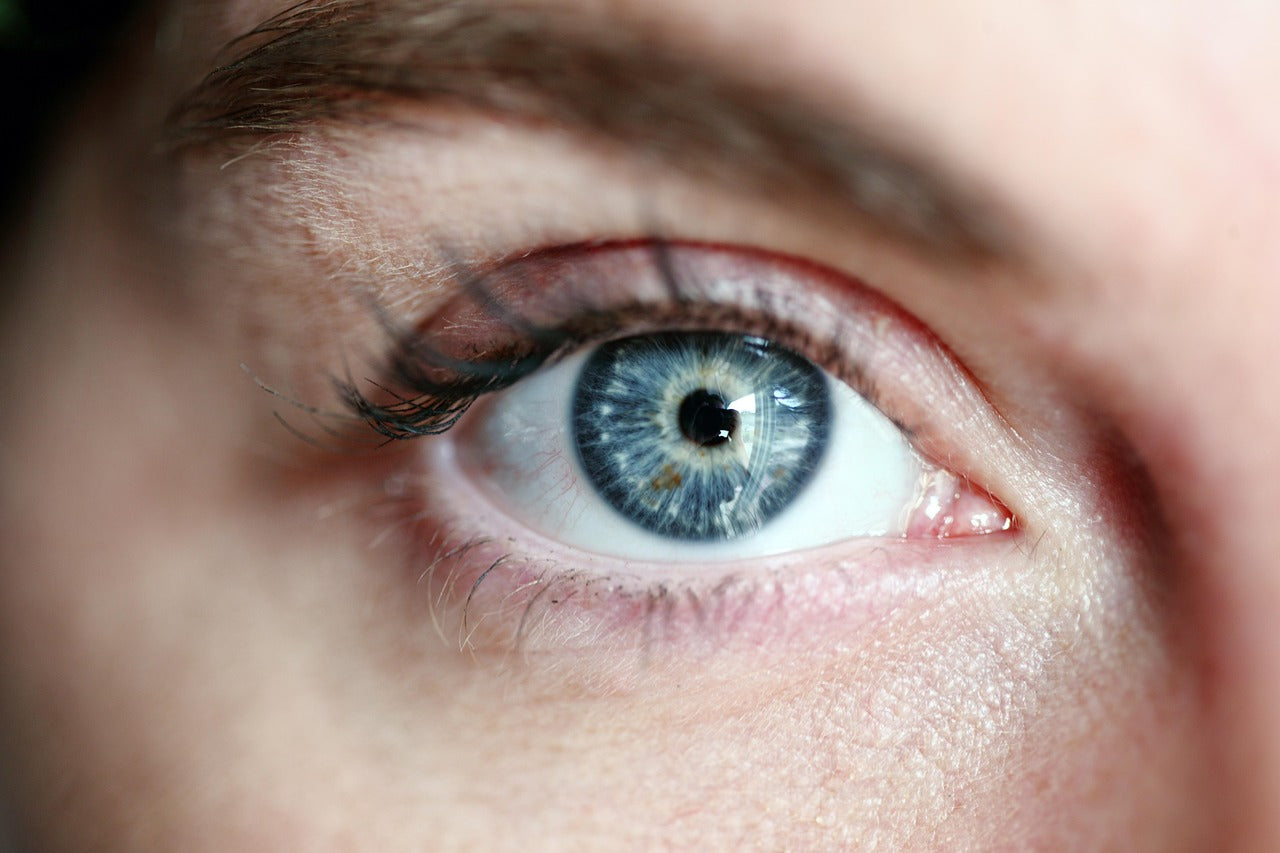
Understanding Eye Floaters: Causes, Types, and When to Seek Help
Eye floaters are small shapes that drift through your field of vision. They often appear as black or gray specks, strings, or cobwebs that move when you move your eyes and seem to dart away when you try to look at them directly. These visual disturbances are usually shadows cast on the retina by tiny structures within the eye's vitreous humor—the gel-like substance filling the eye. While often harmless, it's essential to understand their causes, types, and when they might indicate a more serious condition. 
Common Causes of Eye Floaters
As we age, the vitreous humor can undergo changes that lead to the development of floaters. Common causes include:
-
Aging Process: Over time, the vitreous can shrink or become more liquid, causing it to pull away from the retina—a condition known as posterior vitreous detachment. This process can lead to the appearance of floaters.
-
Inflammation: Inflammation in the eye's interior, known as uveitis, can cause inflammatory debris to be released into the vitreous, resulting in floaters.
-
Bleeding: Bleeding into the vitreous can occur due to injury, diabetic retinopathy, or other vascular conditions, leading to the sudden appearance of floaters.
-
Tears and Detachments: In some cases, the vitreous can pull hard enough to tear the retina, which may lead to retinal detachment—a serious condition requiring immediate medical attention.
Types of Eye Floaters
Floaters can vary in appearance, and understanding their types can help in identifying their causes:
-
Cobweb or String-Like Floaters: These are often due to the natural aging process, where the vitreous becomes more liquid and its fine fibers clump together, casting shadows on the retina.
-
Black or Gray Dots: Small, dark spots can result from tiny clumps of collagen or other proteins in the vitreous.
-
Ring-Shaped Floaters: A large floater in the shape of a ring can appear when the vitreous detaches from the back of the eye, sometimes referred to as a "Weiss ring."
When to Consult an Eye Specialist
While many floaters are benign and a normal part of aging, certain symptoms warrant prompt medical attention:
-
Sudden Increase in Floaters: A rapid onset of numerous floaters, especially if accompanied by flashes of light, could indicate a retinal tear or detachment.
-
Loss of Peripheral Vision: Experiencing a shadow or curtain over a portion of your visual field may suggest retinal detachment.
-
Eye Pain or Discomfort: Persistent pain alongside floaters could be a sign of inflammation or other eye conditions.
If you experience any of these symptoms, it's crucial to seek immediate evaluation by an eye care professional to prevent potential vision loss.
Managing and Treating Eye Floaters
In most cases, floaters don't require treatment and may become less noticeable over time. However, if they significantly impact your vision or daily activities, options include:
-
Observation: Regular monitoring by an eye specialist to ensure no underlying retinal issues.
-
Vitrectomy: A surgical procedure where the vitreous gel is removed and replaced with a solution to eliminate floaters. This is typically reserved for severe cases due to potential risks.
-
Laser Therapy: Laser vitreolysis involves using a laser to break up floaters, making them less noticeable. This method's effectiveness can vary, and it's not suitable for all types of floaters.
Always consult with an eye care professional to determine the best course of action based on your specific condition.
Preventive Measures and Eye Health Tips
While not all floaters can be prevented, maintaining overall eye health can reduce the risk of developing them:
-
Regular Eye Exams: Schedule comprehensive eye examinations to detect changes early.
-
Protective Eyewear: Use appropriate eye protection during activities that pose a risk of injury.
-
Manage Health Conditions: Control systemic conditions like diabetes and hypertension, which can affect eye health.
-
Healthy Lifestyle: Maintain a balanced diet rich in antioxidants, avoid smoking, and manage stress to support eye health.

By staying informed and proactive, you can manage eye floaters effectively and ensure the long-term health of your vision.








发表评论
此站点受 hCaptcha 保护,并且 hCaptcha 隐私政策和服务条款适用。